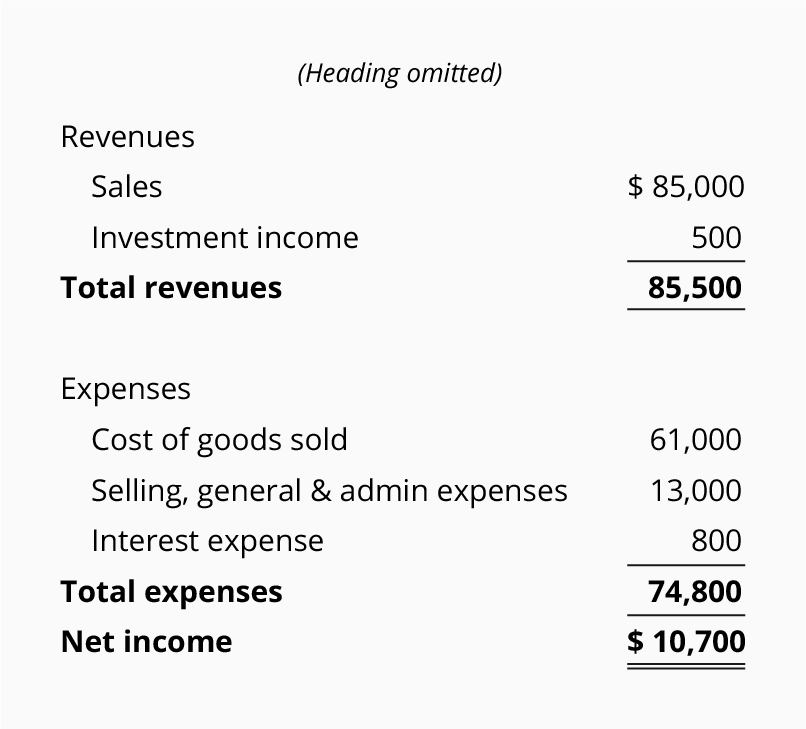There maybe some who are asking when will assets be recognized in the Financial Statement. Maybe asking how do we record it and what are the characteristics of an asset to be recognized. Before we dig in to that deeper, let us first try understand what are assets.
Assets are resources we owned. Meaning, those items whom the we have the legal right and ownership. Like for example, you have purchase a television, literally you have every right on that item already when the purchase is done.
There is no difference when the accounting point of view is concerned. Assets, in accounting, are economic resources owned by the company used in the the normal operating cycle of the business and those that can be measured reliably.
When do we recognize an Asset?
In order for an asset to be recognized in the financial position, the following criteria must be met;
- There must be an expected future economic benefit that will be derived from the item.
- The company must have legal ownership and right over the asset. and
- It can be measured reliably.
When the following characteristics were met, an asset account must be debited to reflect its effect of the Statement of Financial Position or Balance Sheet. Assets maybe in the form of Cash, Accounts Receivable, Supplies and many others. Each of them have their own unique recognition criteria.
Can we recognize an asset not owned by the company?
The answer to this question is very simple. No, you cannot recognize an asset that you do not owned. Its like claiming that you have written a book that has been written by another author. Or owning the right to an invention that is invented and patented by the inventor.
In the case of a Finance Lease, the lessee already has the legal ownership over the asset being leased. Remember that the lessor and the lessee have an agreement that the asset will be transferred to the lessee when the contract is finished. So, legally, the right and ownership over the asset is already transferred. The lessor can no longer cancel the lease agreement when there is no breach of contract on the part of the lessee. Meaning, the lessor is bound to transfer the right on the asset when the contract is finished.
Is this article helpful? If yes, don’t hesitate to like and share it with your friends and to others who also need help. If you need more assistance and guide on how to easily understand the topic being discussed, you can leave your query in the comment box and we will sure to get back to you as soon as possible.




